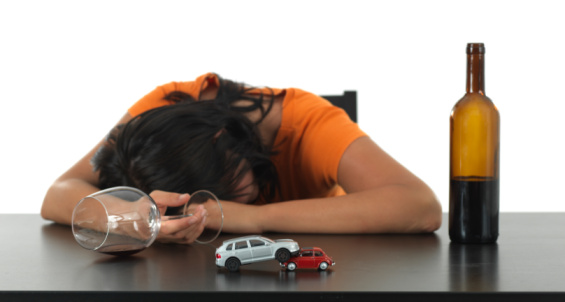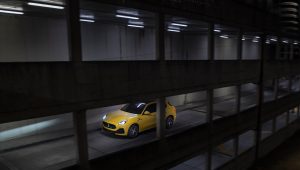Why you shouldn’t drive the morning after drinking

If you drank a bottle of red wine (10.5 units) on a night out and then took a cab home at 1am, would you still drive yourself to work the next morning? If your answer is yes, then you’re probably guilty of drunk-driving. If you consume more than 10 units of alcohol in an evening, you’ll still be drunk the next morning – it takes at least an hour to get each unit of alcohol out of your system.
People think that sleeping, taking a cold shower, drinking coffee or water and taking anti-hangover supplements such as KGB will help you sober up by morning but this isn’t true. Only time can sober you up because the alcohol still has to pass through your bloodstream.
Drunken Haze
The morning after a drinking spree is often characterised by a hangover – but most people don’t realise that it actually means you’re in no condition to be driving. If you go out from 9pm to 4am and drink three cocktails and four double vodkas, at 7 the next morning you’d feel hungover. You’d still have about 0,15g of alcohol in your blood, which puts you at three times the legal limit of 0,05g per 100ml of blood. This makes you 25 times more likely to get into an accident.
What’s more, you’d remain over the limit for much longer than you may think. By 1pm you’d have 0.06g in your blood, and even that’s still over the limit. At 4pm you’d have 0,015g. If you knocked over a pedestrian now, you could still face a charge of driving under the influence of alcohol. Even though you’re below the legal limit, you would still have alcohol in your system, which would be taken into account. Only by 5pm would the alcohol be out of your system completely.
When you stop drinking, you don’t start sobering up straight away. Your level of intoxication stays constant for a few hours, and if you’ve been drinking heavily it could even increase for about the next two hours as your body continues to absorb all the alcohol you’ve consumed. When you have a drink, the amount of time it takes for the alcohol to reach your bloodstream is affected by a number of factors, including weight, metabolism and fitness. Most people think that drinking on a full stomach makes them able to handle alcohol better, but it just means that it will in fact take longer for the alcohol to be released into your bloodstream.
Even one unit of alcohol impairs your driving, so the safest rule for driving is no alcohol at all. The general safe drinking rule is one unit an hour (International Alcohol Researchers advise a maximum of five units a day for men and three units a day for women in order to avoid harm to the body), based on an adult male weighing about 68kg. Women obviously have to drink less than men as less alcohol is needed to affect them. New drivers are also advised not to drink any alcohol before driving for the first three years.







